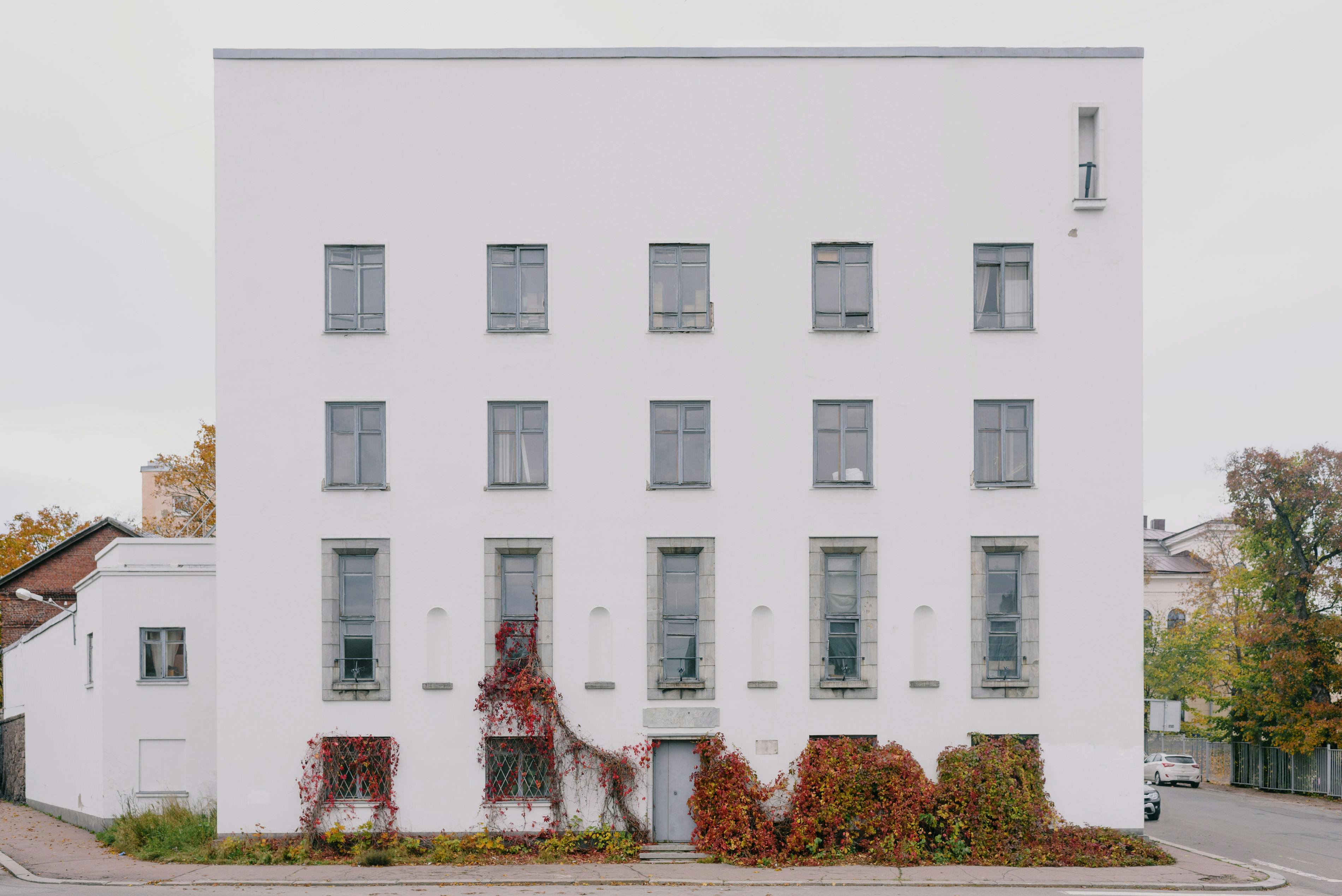6 types of puppet sets
Just like there are different kinds of puppets, there are different kinds of puppet sets. This article talks about 6 different types of puppet sets.
Paper mache
A church we ministered to had formed a tree-shaped chicken wire that they covered with papier-mâché to give it a textured look. The tree had several large holes for the puppets to appear in and it also had a large branch that the puppets could climb up through. This was a permanent stage and it was well done.
Entrance theater
Use a tight-fitting curtain rod or tube with rubber plugs at the ends of a door. (An adjustable tension curtain rod works well for this.) You can drape a blanket or sheet over the rod once it is in place or draw a curtain over the rod before attaching it. A nice advantage of this type of theater is that you can easily adjust it to the height of your puppeteer.
However, there are a couple of downsides to this type of stage. You are limited by the size of the entrance. If it’s a standard 36 “door, you can fit two puppeteers in, but it will fit tight. Another downside is that the door may not be in a good spot in the room and you may need to add a solid colored piece of material behind to blocking what’s in the next room, and if it’s the only entrance to the room, it could cause problems if someone wanted to enter or needed to leave the room during construction.
Sturdy cardboard box
This works for a temporary theater, but is not durable enough for a permanent one unless you have a good supply and can replace parts as needed. We used this as an extension of our normal theater when doing a Christmas play. The scene was a toy store and we used cardboard boxes covered with wrapping paper as shelves for the toys. Several toys were puppets that “came to life” when the owners left.
A wooden theater
You can build several different styles of wooden theaters. A camp near us designed a set with a western theme. They had a bunkhouse on one side, a wooden fence in the middle, and a farmhouse on the other side. The puppets can appear on the fence or in the windows or doors of any of the houses.
In a church we attend, we build a puppet house. It consisted of a wall across the room, about three feet from one end. We built it to look like the side of a house with a large window on one side, a door in the middle, and a small window on the other side. To give it the effect of the side of a house, we used the 1 “X 6” Novelty Siding. We also added a roof with cedar shingles. To the right of the door was a 36 “television and our sound system. We also had it set up so that we could place a dry erase white board over the entrance.
Wooden frame theater
When our team consisted of more than eight members, our old theater was not big enough. We also did some outdoor shows and found that the wind was causing problems with our regular theater; so we decided to build a new and more solid theater.
We first build several wooden frames using 1 “X 3” boards. The frames were a little over 4 ‘tall and 2’ wide and were held together using brackets and L-shaped screws. We then stretched the fabric over the frames and stapled it to the back. Hinges with removable pins were attached at the back so the pieces could be hooked together. The frames were then joined to form a semicircle.
We then used 1 “X 3” boards to make a 6 ‘long by 3’ wide frame and covered it with fabric like the smaller frames. We then used 1 “X 3” X 6 ‘for the back studs and screwed the frame crosswise across the top to make the theater backdrop. The vertical boards were bolted to the end frames. The effect was similar to that of a PVC pipe theater.
PVC pipe frame theater
This is our most frequently used theater that has 2 “x 6” wooden bases and a frame constructed of 1 ½ “PVC tubing that can be purchased at most hardware stores. The curtains are threaded over the pipes to give it a final look Advantages of using this type of theater They are durable, lightweight and portable, easy to assemble or disassemble, sturdy, easy to maintain, fairly inexpensive, and not too difficult to manufacture.
There are 6 different types of stages. Pick the one that best suits your needs, add a little imagination and creativity, and see what happens.



Recent Comments